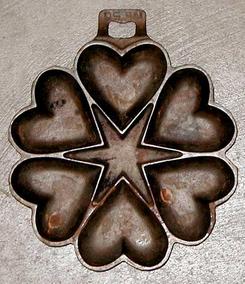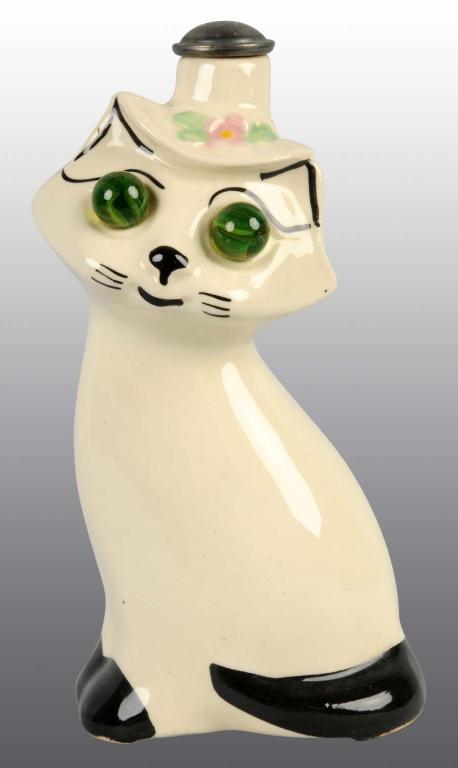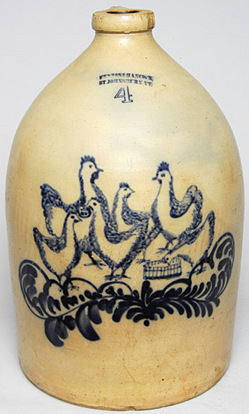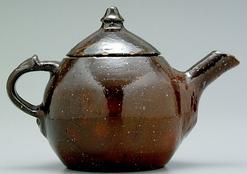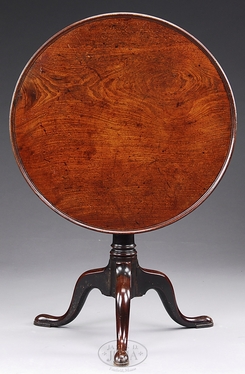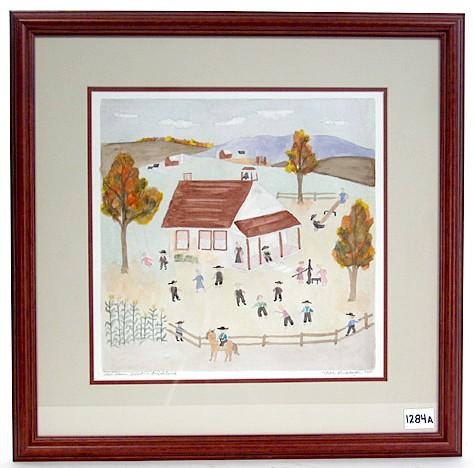Around this time of year, the house starts to get chilly, and I start looking around for reasons to leave the oven on. I have to admit, there is no better dividend for heating while baking than skillet cornbread! There is a short but vital list of things that cannot be accomplished without cast iron, and a cast iron skillet is a must for every kitchen. And, if they look like they’ve been around forever, they probably have!
Cast iron actually became possible around 500 B.C. in China and 1100 A.D. in England, and its durability quickly made production soar. By the 17th and 18th centuries, cast iron was indispensable to a household, and both cast iron stoves and cookware were appearing in homes. (Rumor has it that George Washington’s mother loved her cast iron so much that she made a special bequest in her will regarding it!) Companies like Griswold and Wagner were born, and cast iron continued to boom until the early 20th century, when lighter materials became more desirable. But there’s still plenty of it out there, probably because short of melting it down, it’s pretty hard to get rid of.
Some of the most valuable are the large sugar kettles, like this 42″ one that brought almost $10,000, and early forms, like this tea kettle, also bring good prices. Collectors are also fond of muffin tins, like the hearts and star one pictured above, and even traditional forms like skillets and dutch ovens can bring more than you might think, depending on marks and condition. Rusty old cast iron might actually be too valuable to cast away!
-Hollie Davis, Senior Editor, p4A.com

